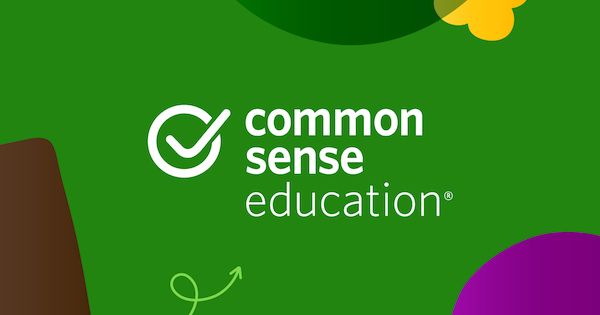Introduction
The article "SAMR and Bloom's Taxonomy: Assembling the Puzzle" discusses the integration of technology in education through the SAMR model and Bloom's Taxonomy. It highlights how educators can leverage these frameworks to enhance student engagement and learning outcomes. The SAMR model categorizes technology use into four levels: Substitution, Augmentation, Modification, and Redefinition, while Bloom's Taxonomy provides a hierarchy of cognitive skills from Remembering to Creating. By aligning these two models, teachers can create a structured approach to technology integration that promotes higher-order thinking and effective learning experiences.
Key Features:
- Framework for Technology Integration: The SAMR model helps educators understand how to effectively incorporate technology into their teaching practices.
- Cognitive Skill Development: Bloom's Taxonomy guides teachers in fostering critical thinking and creativity among students.
- Practical Applications: The article provides examples of how to apply these models in classroom settings, making it easier for educators to implement them.
Use Cases:
- Curriculum Design: Educators can use the SAMR and Bloom's frameworks to design lessons that promote deeper learning.
- Professional Development: The article serves as a resource for teacher training on effective technology use in the classroom.
- Student Engagement: By utilizing these models, teachers can create more engaging and interactive learning experiences for students.

